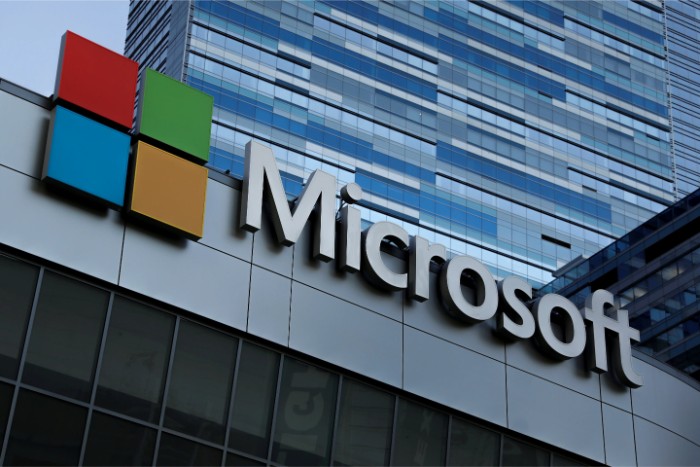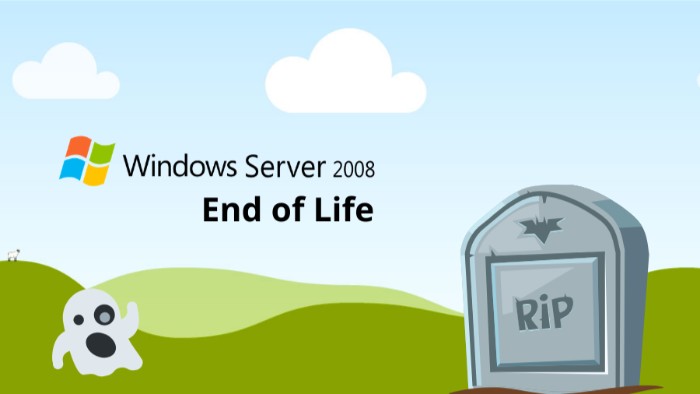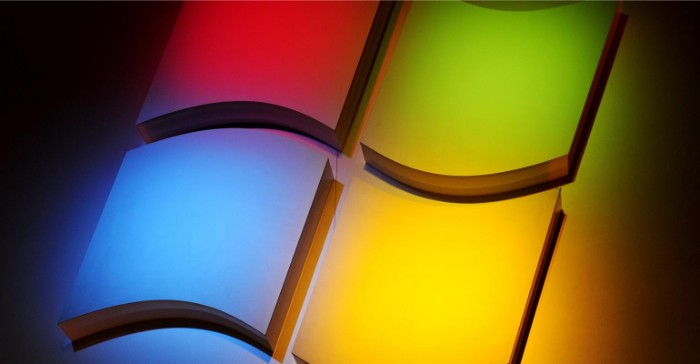Safeguarding Legacy Systems: Options Beyond Windows Server 2008 End of Life

In the wake of Windows Server 2008 reaching its end of life, certain businesses find themselves exposed to emerging security threats due to their reliance on this unsupported operating system. While Microsoft offers a three-year Extended Security Update program, it comes at a hefty cost, prompting organizations to explore alternative solutions to ensure the safety of their systems.
Microsoft’s Extended Security Update Program: A Pricey Lifeline
Microsoft’s Extended Security Update program provides critical and important security patches for Windows Server 2008 users, but it comes at a substantial cost, equivalent to 75% of the full license cost annually. Despite its availability for three more years, this program may strain budgets, especially given the varying licensing costs across different editions of Windows Server.
A Third-Party Alternative: 0Patch
For those seeking on-premises solutions and looking beyond Microsoft’s offerings, 0Patch emerges as a viable third-party option. Developed by Acros Security, this service, priced at just over $25 annually per machine with volume discounts available, keeps no-longer-supported software, including Windows Server 2008, protected against security vulnerabilities. 0Patch’s unique approach involves memory resident “micropatches,” injecting dynamic load libraries into running processes, offering an agile and efficient security solution.
Cloud-Based Security Solutions
Organizations unwilling to invest in Microsoft’s support or third-party solutions have cloud-based alternatives. Microsoft’s Azure cloud offers free security updates for three years to organizations migrating their Windows Server 2008 workloads. Amazon Web Services (AWS) provides a comprehensive solution through its End-of-Support Migration Program for Windows Server, allowing users to upload unsupported workloads to the cloud, upgrade to a supported version, and address compatibility issues.

Options Beyond Windows Server 2008 End of Life
Weighing the Options
While cloud-based solutions provide a pathway forward, organizations must evaluate the costs and complexities associated with each. Upgrading to a newer Windows Server version independently remains an option, but it requires careful consideration of potential security risks. As businesses navigate the post-Windows Server 2008 era, the decision-making process involves weighing financial implications, security concerns, and the long-term sustainability of chosen solutions.


